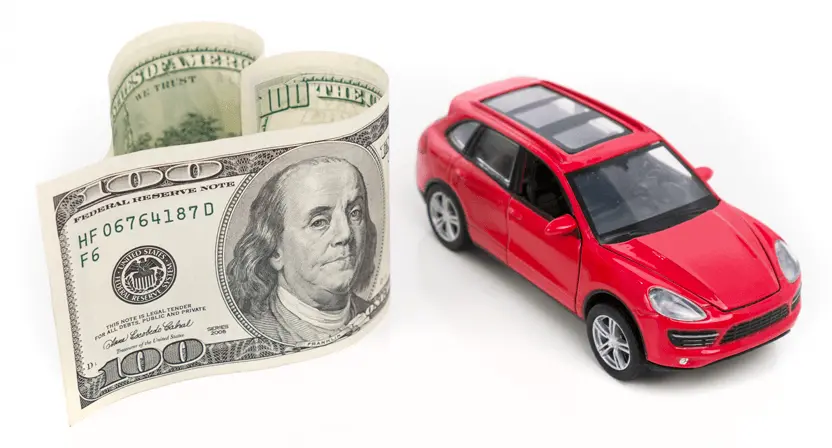The value of your car isn't the only determining factor. Learn more about the many other variables that come into play when shopping for full coverage auto insurance and tips for controlling your costs.
What Is Comprehensive Auto Insurance?
updated: Jun. 05, 2019 –
It is not uncommon for drivers to be unsure about what a comprehensive policy will pay for and what it will not. Part of this confusion comes from the name – “comprehensive”. To some this might suggest that this type of insurance will cover any and all damages your car sustains. Unfortunately, this is not true.
Find Cheap Auto Insurance in Your Area
Comprehensive coverage will only pay the bills that are the result of a non-collision event. For example, if you were to buy a policy with comprehensive coverage on it but not collision coverage and you are involved in an accident that was your fault, your insurance company would not reimburse you for any of your car’s damages. This is why these two forms of coverage are usually grouped together. The only way to fully protect the investment you’ve made in your car is to have both collision and comprehensive on your insurance policy.
In fact, most insurance providers do not even offer policies that only have one of these types of coverage.
What is Covered?
Many things are covered by comprehensive insurance, and some are definitely more useful to certain drivers than others. One good example is accidents involving animals. Although the damage is the result of a collision, it is not covered by the collision part of the policy. Instead it falls under the comprehensive part of your policy.
Depending on the size of the animal, a collision of this sort can actually cause a lot of damage to your car, so if you live in an area that wild animals are roaming around, comprehensive insurance will protect you from this problem. However, this is mostly a problem concerning rural areas or areas with dense forests since animal collisions are common there. If you live and work in the city the chances of hitting an animal are, of course, small.
That is not to say that city drivers cannot benefit from comprehensive coverage. In fact, they stand to gain a lot from another of the basic forms of protection of comprehensive insurance: theft, vandalism and even riot. If your car gets stolen or damaged as a result of vandalism, your insurance provider will repair or replace whatever is necessary up to the dollar limit of your policy.
One other area that is covered by comprehensive insurance involves acts of nature and damage caused by natural disasters or events that are beyond your control. Common examples include flooding, strong winds, hail and other weather phenomena. Fire damage also falls under comprehensive insurance coverage, as do any flying or falling objects that might land on the car.
In summary, comprehensive covers any loss caused by anything other than a collision with another car or object. Common examples include:
- Theft
- Vandalism
- Fires
- Explosions
- Falling objects
- Earthquakes
- Floods
- Hail
- Windstorms
- Collisions with animals
However, the specific details of coverage can range from one insurance provider to another, so it’s best to ask exactly what you are protected from by the insurer you are considering signing with.
What it Doesn’t Cover
Most notably, comprehensive does not cover damage when a collision with another car is involved. Also, the policy only covers the car itself; it does not cover your personal property which is in the car. This also includes car components that you buy yourself such as an expensive sound system. For those you will need extra insurance that covers personal property. Additionally, it is also important to note that most policies will not cover this kind of damage if it has been done by family members or employees as this will also require additional insurance coverage.
Comprehensive and Full Coverage
Comprehensive auto insurance is a key component of the basic full coverage insurance package. In order for an insurance provider to claim that they fully protect your automobile they are required to include comprehensive coverage in their policy. They are free to add any additional services they choose in order to entice customers, but three forms of coverage must always be included – liability, collision and comprehensive.


